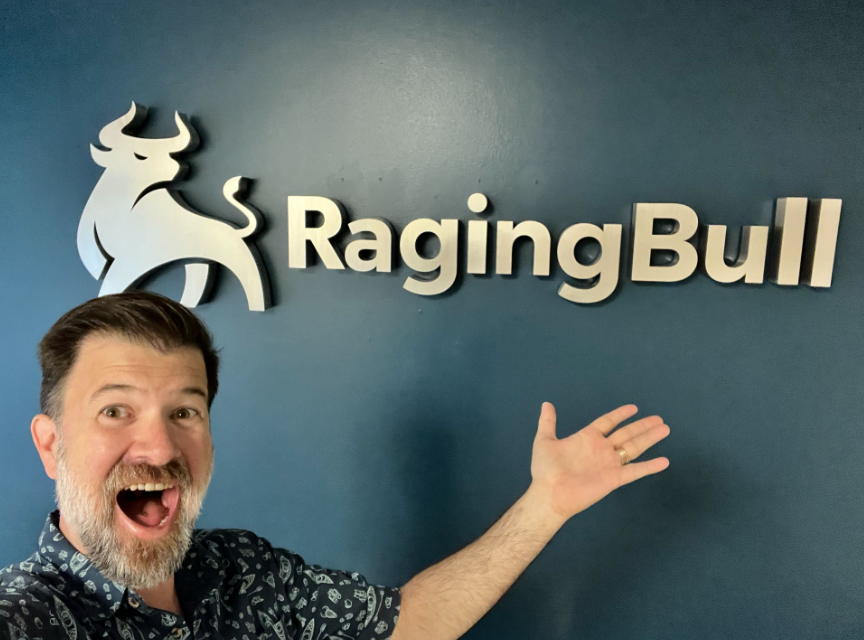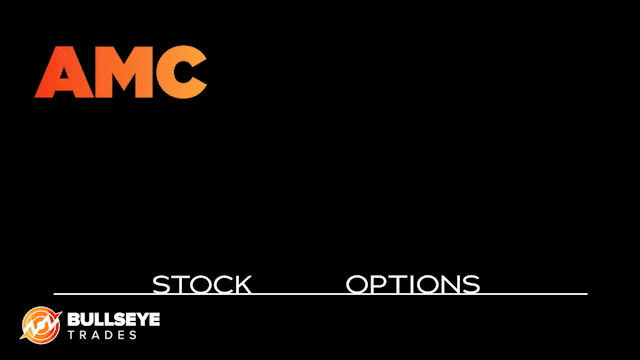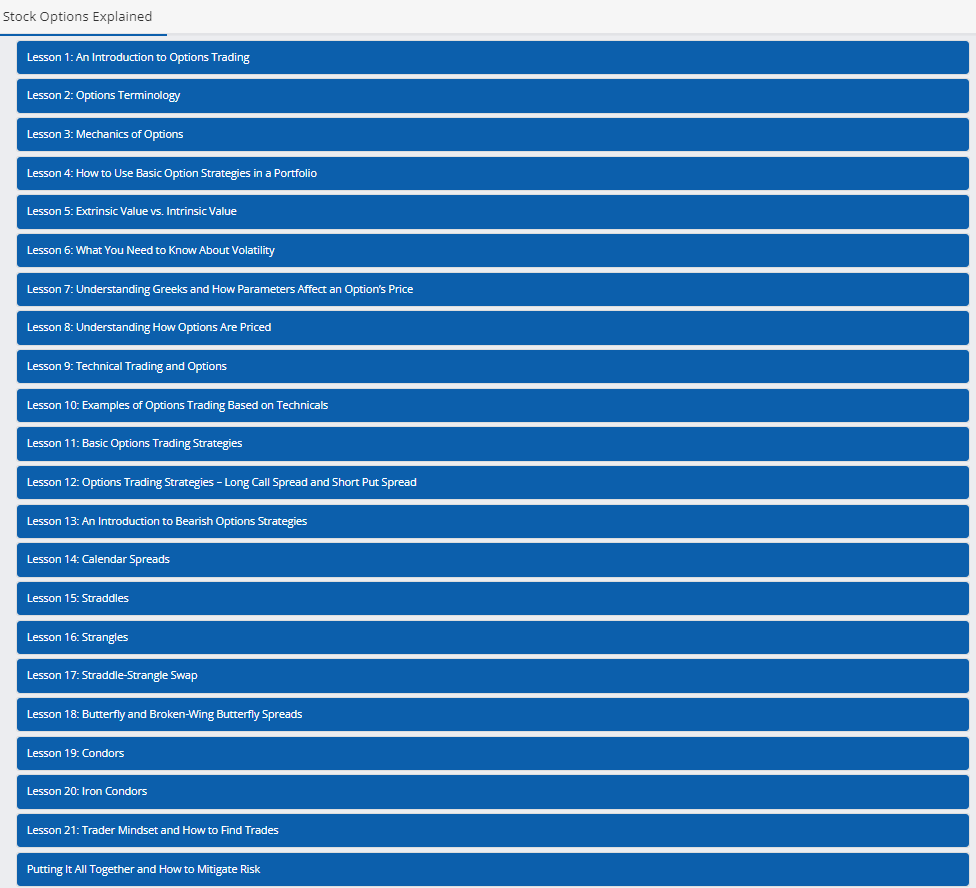Everyone loves the underdog, right?
I mean, who doesn’t love a story about someone who has built an empire from nothing, as opposed to a trust-fund baby who was handed everything and spends their time making stupid Tik-Tok videos?
Well, that’s why so many folks love to trade options.

Options offer 3 distinct advantages over trading stocks.
- Options are cheaper than the underlying stock
- Options offer leverage
- Certain options strategies offer limited downside risk
Look, it’s been tougher than usual in the market, now that the Fed’s efforts to pop the bubble it created has forced folks to actually become traders.
But options, being cheaper than their underlying stock, offer a lower barrier for entry into trading this market.
Each option contract gives you control of 100 shares of the equity, yet the cost to purchase an option contract is nowhere near the expense of buying an equivalent chunk of stock.
Here’s an example:
If you wanted to buy 100 shares of TSLA right now, which has a stock price of about $920 as of this writing, it would cost you about $92,000 ($920 stock price x 100 shares).
However, if you were to buy 1 at the money (ATM) call that expires in about 1 month from now, it would cost you about $6,300 ($63 call price x control of 100 shares) to have the same control of 100 shares of stock.
Folks, that’s a difference of $85,700 that you would NOT have to come up with and put at risk.
This leverage is what exposes you to the POTENTIAL to make larger profits relative to owning shares in a company.
I think that showing you a visual example will help you understand this better.
To do that, I am going to use an example of the movement between stock price and options price for one of my recent Bullseye Trading service ideas.

On this chart, you can clearly see the potential for larger moves offered by options vs. the underlying stock.
Then, there’s the limited downside risk that comes with many options strategies.
As an example, I am going to use a Bear Call Spread trade idea that I presented back around the time there was a lot of uncertainty surrounding AMZN’s long-awaited stock split in early June.
My thinking at the time was that buyers were just getting suckered into the hype of the split.
It was starting to feel like a “sell the news” event and I didn’t want to get caught up in the excitement that is being generated.
So, I sold the following bear call spread, which gave me defined and limited risk.

Essentially, the risk in this trade was the difference between the strike prices (132 – 130 = 2.00) minus the net credit I received (0.94 – 0.60 = 0.34).
So, max risk was $166.00 ( 2.00 – 0.34 = 1.66 x 100 = $166) that I would have lost if AMZN would have closed above $130, which was the strike price of the option I sold to create this bearish trade.
Friends, everything you need to know about options trading, and the expertise necessary to teach it to you in REAL TIME can be found as part of my Total Alpha and Bullseye Trade services.
Just look at this extensive library of content my members have at their fingertips.

I promise we have done our best to make that educational series easy to comprehend.
And if it takes a little more to drill the concepts home, I’m live EVERY trading day teaching you these concepts, building algorithmic scanners for users to use and customise on their own, and finding non-stop trade ideas that are sent immediately via app and email alerts.
I can’t wait to see you on Monday!
To YOUR SUCCESS!





